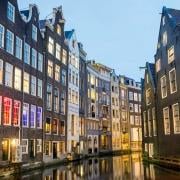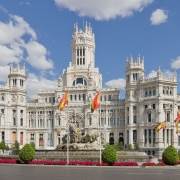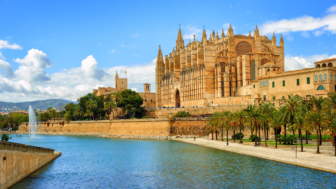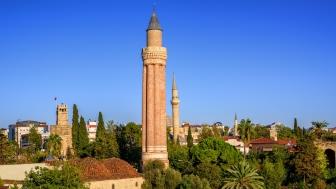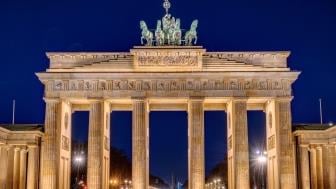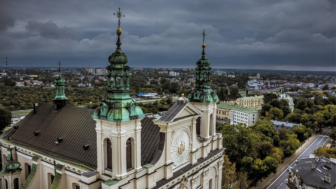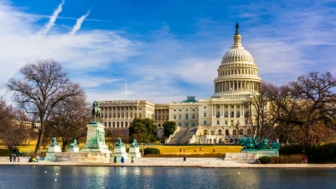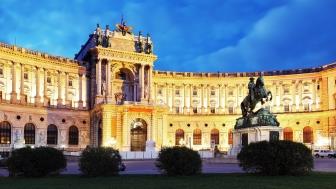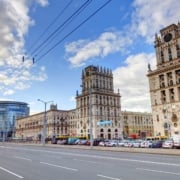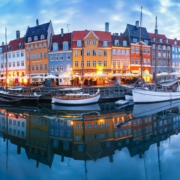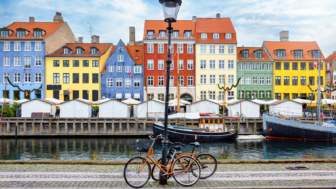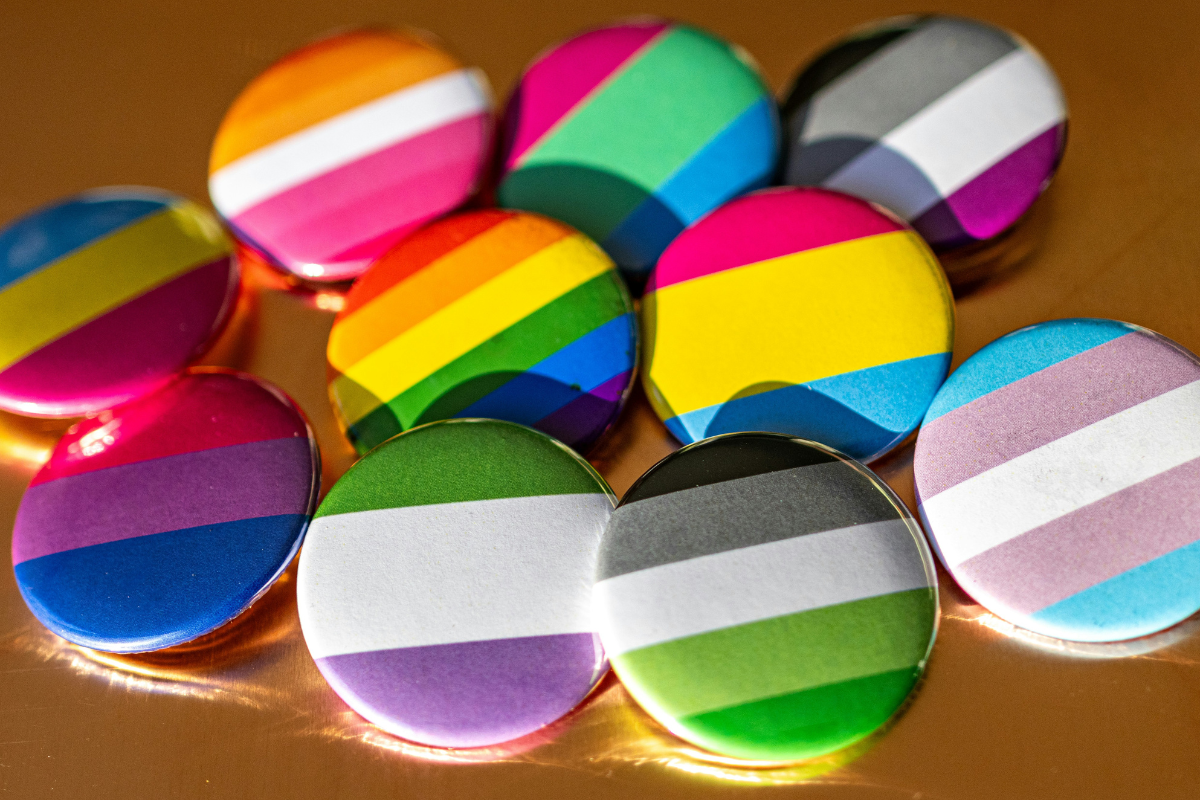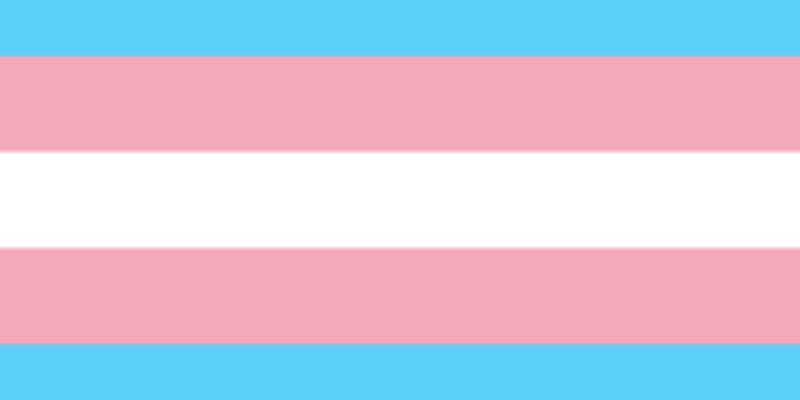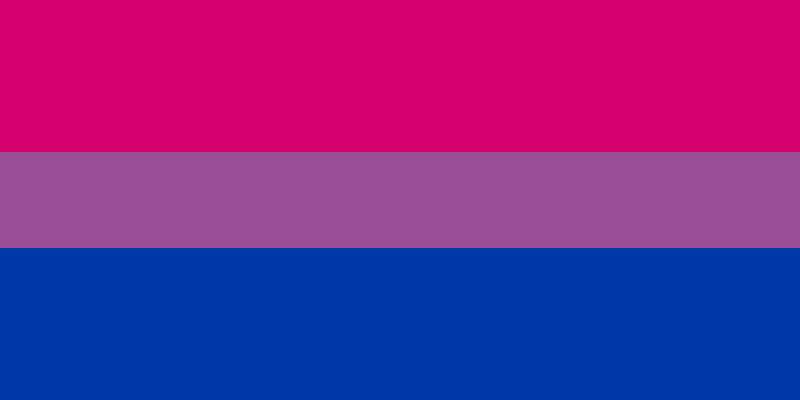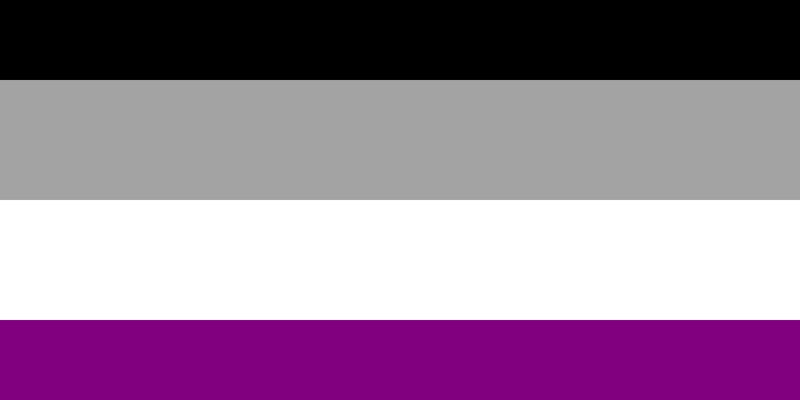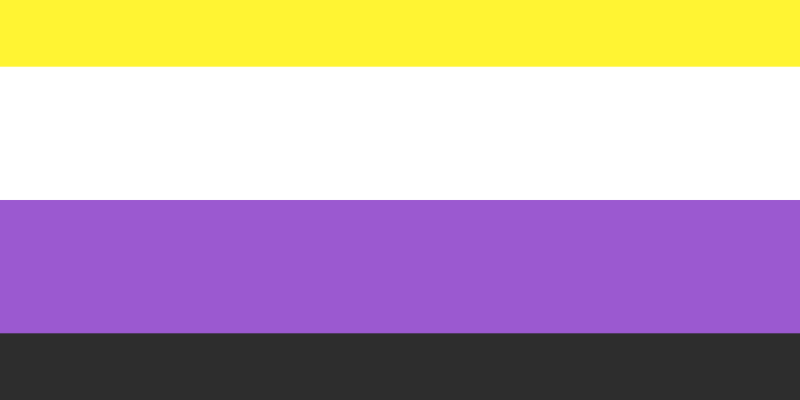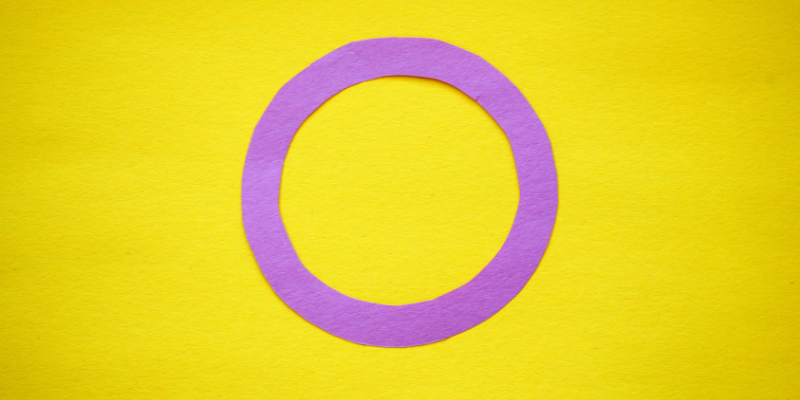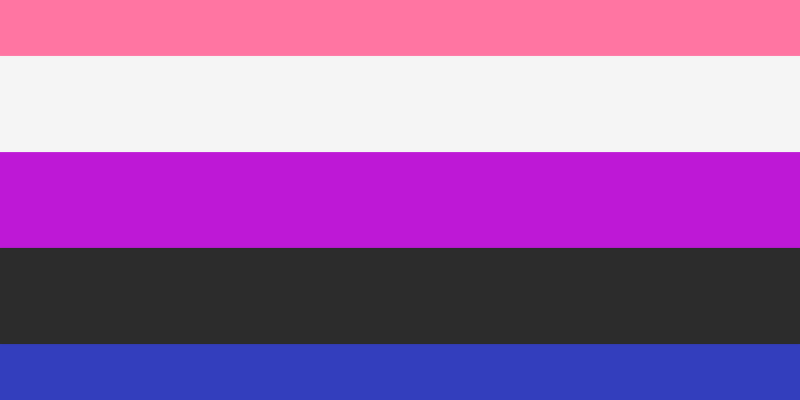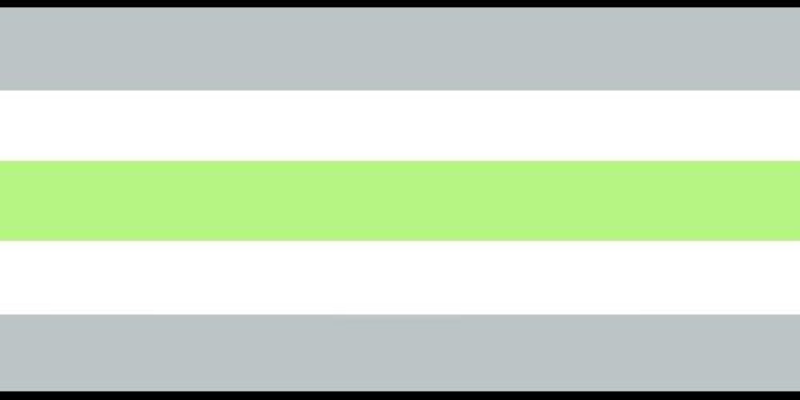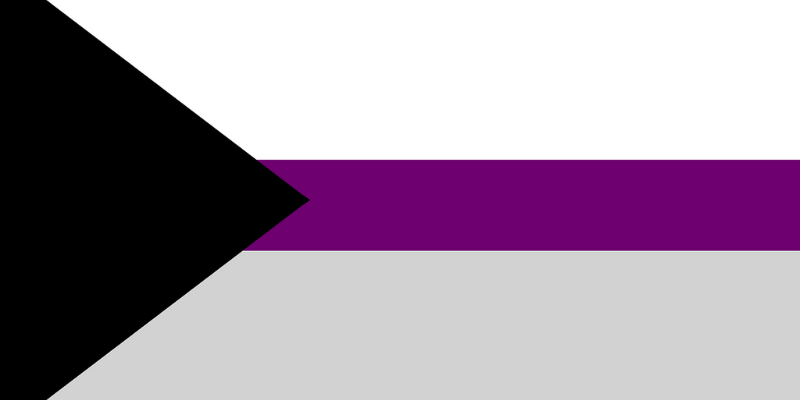The LGBTQ+ community is wonderfully diverse, and various flags represent this diversity. Each flag carries its history, meaning, and significance. Let’s explore some of these flags and understand what they stand for.
Rainbow Flag
Meaning: The most recognizable LGBTQ+ flag, the Rainbow Flag, was designed by Gilbert Baker in 1978. It symbolizes the diversity of the LGBTQ+ community. Each color represents something different:
Transgender Flag
Meaning: Created by Monica Helms in 1999, this flag represents the transgender community. The colors have specific meanings:
- Light blue: Traditional color for baby boys
- Pink: Traditional color for baby girls
- White: Those who are non-binary, transitioning, or have a neutral gender

Bisexual Flag
Meaning: Designed by Michael Page in 1998, the bisexual flag features three colors:
- Pink: Attraction to the same sex
- Blue: Attraction to the opposite sex
- Purple: Attraction to both sexes

Pansexual Flag
Meaning: This flag represents pansexuality, acknowledging those who are attracted to all genders. The colors are:
Asexual Flag
Meaning: Created in 2010, the asexual flag represents those who do not experience sexual attraction. The colors are:
- Black: Asexuality
- Gray: Gray-asexuality and demisexuality
- White: Non-asexual partners and allies
- Purple: Community

Genderqueer Flag
Meaning: This flag, designed by Marilyn Roxie in 2011, represents genderqueer and non-binary identities. The colors are:
Non-Binary Flag
Meaning: Created by Kye Rowan in 2014, the non-binary flag includes:
- Yellow: Those who identify outside the gender binary
- White: People with many or all genders
- Purple: Those who identify as a mix of male and female
- Black: Agender individuals

Intersex Flag
Meaning: Designed by Morgan Carpenter in 2013, the intersex flag avoids gendered colors to symbolize bodily autonomy. The colors are:
Genderfluid Flag
Meaning: Created by JJ Poole in 2012, this flag represents the fluidity of gender identity. The colors are:
- Pink: Femininity
- White: All genders
- Purple: Both masculinity and femininity
- Black: Lack of gender
- Blue: Masculinity

Polysexual Flag
Meaning: The polysexual flag represents attraction to multiple, but not all, genders. The colors are:
Agender Flag
Meaning: Designed by Salem X in 2014, this flag represents those without a gender. The colors are:
Demisexual Flag
Meaning: The demisexual flag represents those who only experience sexual attraction after forming a strong emotional bond. The colors are:
Each of these flags plays a crucial role in representing the rich tapestry of identities within the LGBTQ+ community. Understanding these flags helps foster a sense of belonging and recognition for everyone, regardless of their identity.
Learning about these symbols can promote inclusivity and celebrate the beautiful diversity within the LGBTQ+ spectrum.




















